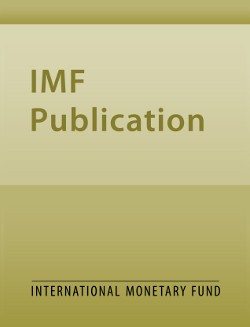
Why Did Public Banks Lend More During the Global Financial Crisis?
Why Did Public Banks Lend More During the Global Financial Crisis?
READ MORE...
Volume/Issue:
Volume 2020
Issue 084
Publication date:
ISBN:
Add to Cart by clicking price of the language and format you'd like to purchase
Available Languages and Formats
Topics covered in this book
This title contains information about the following subjects.
Click on a subject if you would like to see other titles with the same subjects.
Banks and Banking , Economics- Macroeconomics , Money and Monetary Policy , WP , bank , lending , financial crisis , crisis , bank fundamentals , ownership status , loan portfolio , loans growth , credit crunch , fastest-growing bank , State-owned banks , Bank credit , Global financial crisis of 2008-2009 , Loans , Nonperforming loans , Global , global financial crisis , development bank
Summary
During the Global Financial Crisis (GFC), state-owned or public banks lent relatively more than domestic private banks in many countries. However, data limitations have hindered a thorough assessment of what led public banks to better maintain lending during the GFC. Using a novel bank-level dataset covering 25 emerging market economies, we show that public banks lent relatively more during the GFC because they pursued an objective of helping to stabilize the economy, rather than because they had superior fundamentals or access to public or depositors’ funding. Nonetheless, their countercyclical behavior seems unique to the GFC rather than a regular characteristic of public banks before and after the GFC.
Copyright © 2010 - 2025
Powered by:
AIDC



